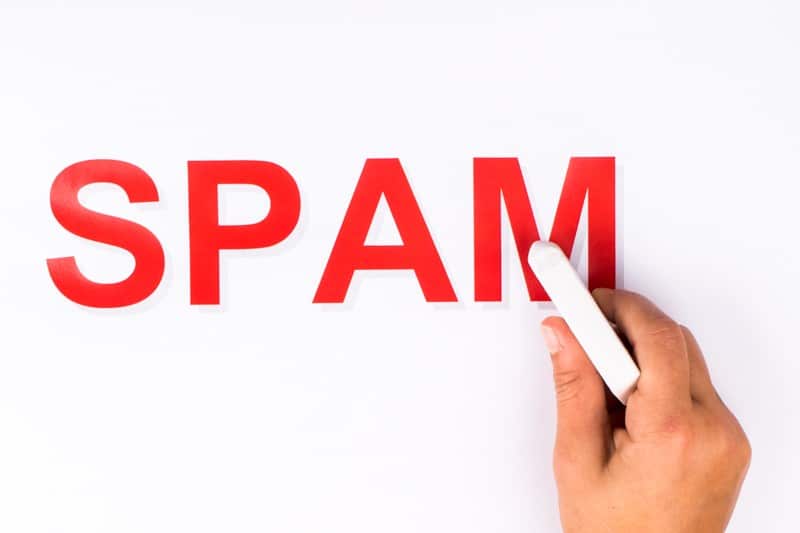Test Altospam’s solutions!
Thousands of companies, CTOs, CIOs, CISOs and IT managers already trust us to protect their e-mail against phishing, spear phishing, ransomware, …

According to the European security agency ENISA, 95% of e-mails circulating on networks are spam. They are therefore the first hurdles to overcome for Internet players: individuals, businesses, access providers, operators, etc. Spam filtering requires a substantial budget, ranging from a few thousand to over a million euros for large organizations.
France is largely overrun by spam, according to a study by an international temporary employment network. 38% of French people receive 2 spam emails out of 10 every day, compared with 2 to 5 spam emails out of 10 for 31% of users. In companies, spam received by employees can reach 70%. Mailbox management and daily cleaning can become a chore, and a source of a great deal of stress. According to the results of the survey, certain business sectors in direct contact with the general public are more affected by spam than others. Government and corporate services, tourism and leisure, and education are particularly vulnerable to illicit mail.
In general, complaints received from users help to combat spam effectively. In addition, Internet service providers include clauses in their contracts prohibiting spam as a preventive measure, and inform customers of the legal risks involved. To avoid the inconvenience caused by spam, individuals and end-users don’t hesitate to invest in a high-performance spam filter. The techniques most commonly used to free up networks are blacklists, content filtering and sender authentication.
According to a study by the Project Honey Pot community project, the number of spam messages sent is highest on Mondays and lowest on Saturdays. It also recorded a 21% drop in spam on Christmas Day and a 32% drop on New Year’s Day. Spam comes mainly from infected machines, better known as botnets. Most of them are located in China. According to another study by a security software company, the number of spam messages has fallen sharply in just a few months, from 90% to 75% of traffic between July 2010 and March 2011.
The computers used to collect e-mail addresses on the web are located mainly in the USA, Spain and the Netherlands. Recovered e-mail addresses are used by spammers for scams and frauds as little as 21 days after collection. On the other hand, the use of addresses for spam related to the sale of pharmaceutical or other products takes a little longer. The number of people who fall prey to illicit mail is quite high. According to a survey carried out by the MAAWG in the USA, 42% of those surveyed have taken an interest in the spam they have received by opening it, replying to it or buying the products offered in it.
Test Altospam’s solutions!
Thousands of companies, CTOs, CIOs, CISOs and IT managers already trust us to protect their e-mail against phishing, spear phishing, ransomware, …